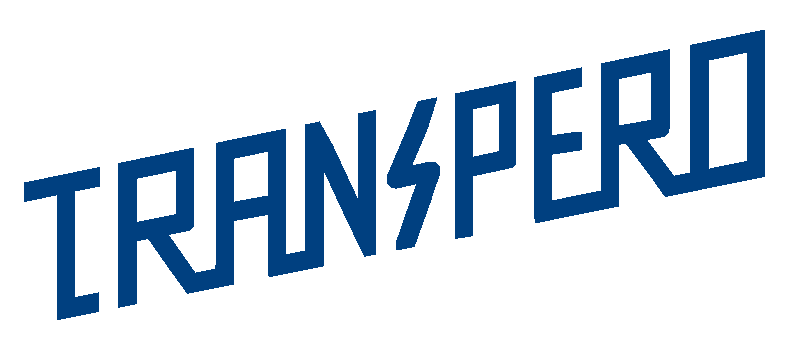
With the evolution of communication technologies, businesses constantly seek efficient, cost-effective solutions to simplify their operations and enhance connectivity. Session Initiation Protocol (SIP) trunking has emerged as a pivotal technology among the myriad options available. This service connects voice calls from an organisation’s private branch exchange (PBX) to the Internet telephony service provider (ITSP), facilitating voice-over-Internet Protocol (VoIP) communications. Selecting the right sip trunking providers and understanding the key features and considerations is crucial for organisations aiming to leverage this technology to its full potential.
Contents
Exploring Core Capabilities
When exploring options, the core capabilities of the service are paramount. These capabilities include quality of service (QoS), which ensures that voice calls are clear and uninterrupted. Another essential feature is compatibility with existing infrastructure; the chosen solution should seamlessly integrate with an organisation’s current telecommunication systems. Understanding these core functionalities provides a solid foundation for evaluating potential service providers.
Evaluating Service Reliability
The reliability of a communication system can significantly impact an organisation’s operations. A dependable service should offer robust disaster recovery and redundancy mechanisms. This ensures uninterrupted service, even in unforeseen circumstances like network failures or natural disasters. Organisations should inquire about the supplier’s infrastructure and measures in place to guarantee service continuity.
Cost Efficiency and Billing Flexibility
Cost considerations are always at the forefront of decision-making processes. Providers of this telecommunication solution offer various pricing models, including pay-as-you-go and bundled minute packages. Analysing an organisation’s communication needs and usage patterns helps select a billing model that offers the best value. Additionally, understanding potential hidden costs, such as setup fees or charges for additional features, is critical to avoid unexpected expenses.
Advanced Features and Customisation Options
Beyond basic functionality, advanced features such as call forwarding, automatic call distribution, and voicemail to email can enhance communication efficiency. Services that offer various customisable options allow businesses to tailor the service suitably. It is beneficial to assess the available features and determine how they align with the organisation’s operational requirements.
Assessing Customer Support and Service Level Agreements (SLAs)
Adequate customer support is essential, especially when dealing with complex technologies. Providers should offer comprehensive support, including troubleshooting, maintenance, and technical guidance. Service Level Agreements (SLAs) outline the expected performance standards and response times for support queries. Evaluating the SLAs and customer service capabilities ensures that an organisation receives timely assistance.
Compliance and Security Measures
Cyber threats loom large these days, and the security of communication systems cannot be overstated. Services should implement stringent security measures, including encryption, to protect voice communications from interception and tampering. Compliance with industry standards and regulations, such as GDPR for organisations operating in or dealing with Europe, is also crucial. Ensuring that they meet these security and compliance requirements is essential for safeguarding sensitive information.
Integration Capabilities with Existing Infrastructure
A reliable service that offers seamless integration with a business’s current communication systems and software. This emphasises the value of compatibility, allowing enterprises to upgrade their communication capabilities without overhauling their existing infrastructure. This integration is crucial for companies looking to adopt SIP trunking without facing interoperability issues or discarding their existing investments in communication technology.
Navigating Regulatory Compliance and Data Protection
Choosing sip trunking providers that deeply understand regulatory standards and data protection laws is essential, especially for businesses that handle sensitive data or operate within highly regulated sectors. Such providers ensure that your communications are fully compliant, adding a protective barrier against any legal challenges related to data and privacy.
With these considerations, finding a communication solution provider that meets your current requirements and is equipped to evolve with your future expansions and transformations is crucial. This choice significantly impacts your organisation’s operational efficiency and financial well-being, enabling you to thrive in a constantly changing business environment.
